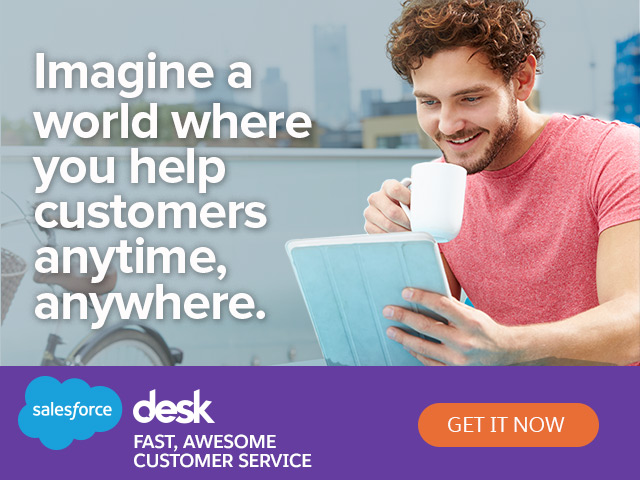
People often categorize me as a ‘B2B SaaS’ investor, when in actuality I haven’t invested in a single SaaS company in years.
Why? Because I think it’s really hard for a traditional SaaS company to be successful in today’s market.
Given the level of transparency and competition in the enterprise software market (and the VC activity willing to fund enterprise software companies), traditional SaaS businesses often don’t present significant enough moats to prevent competitors from replicating/underpricing their solution and competing away their profits. As a result, we’re seeing a plethora of niche SaaS applications that unfortunately aren’t that interesting.
But there is still hope for enterprise software founders — and possibly more opportunity than ever before. As the next evolution of the software landscape evolves, we are seeing a pivotal factor unfold as one of the largest determinants of startup success: Distribution.
In v1 of the enterprise software landscape, bigger was better. Large installed sales team pushed behemoth corporations down the sales funnel and retained integration consultants to plug the product into an existing system. For a product to be credible enough for enterprise, it had to come from a BIG provider. For a sales professional to get a meeting, they needed to come from a BIG company. If you were a startup, it was incredibly difficult to break into enterprise. If you were a BIG company, you bought the startup so you could sell their products across your entrenched and largely captive network of customers. Quality of product wasn’t the defining factor for a software company’s success, it was the quality and scale of your distribution network.
In v2 of the enterprise software landscape (aka the world of SaaS), software became infinitely more accessible. This made the audience significantly larger and opened the door for companies to circumnavigate the incumbent distribution networks of players like Oracle, SAP, and IBM. The advent of cloud-based SaaS delivery was the first crack in these legacy distribution networks as sales activity migrated from a sales funnel to customer lifecycle management where transactions are made continuously. Making software easier to deliver with other solutions was a major blow to these incumbents and the service providers living off integrating and customizing legacy on-prem applications (Villi Itchev from August Capital postulates that we’re actually seeing M&A volume come down now since the distribution synergies are no longer as valuable). Leaders in this class of companies have centralized data management (e.g. Workday, Salesforce), quality products, and customer success.
Now, though, we’re entering v3. New delivery methods are taking form as enterprise business models evolve. For businesses to succeed, they need to be more than just an…

